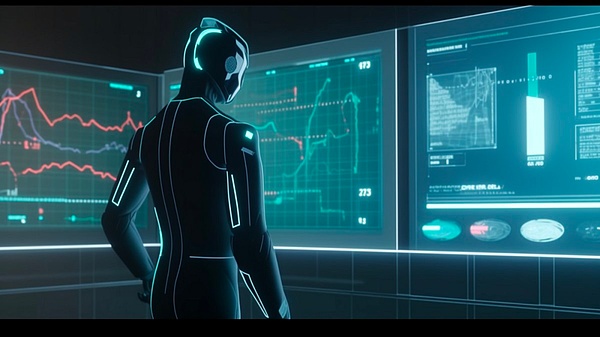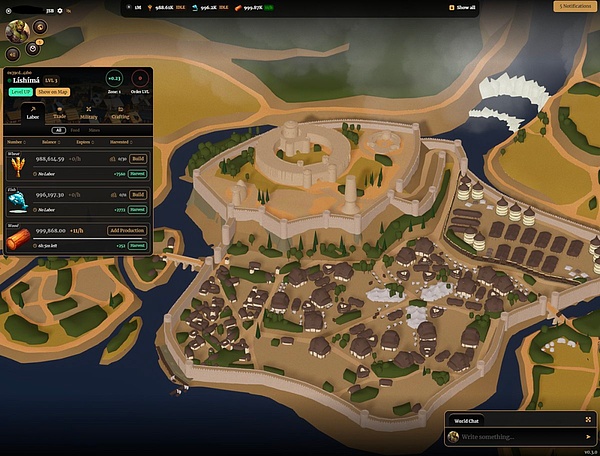Author: Zohan, ID Theory; Compiler: Shaohua Wang PermaDAO
What is this?
AO is a participant-oriented computation layer built on top of Arweave. In short, AO enables trust-minimized parallel computation.
Why is this important?
Blockchains are usually executed sequentially, which means that one execution thread must be processed before the next one. Users are in a global queue, waiting for block space determined by Gas.
Everyone shares the execution thread; when I occupy block space, I prohibit others from using the execution thread. This is not only slow, but it also means that block space size matters... and the smaller the better, because block space is in high demand. The end result of limiting the size of smart contracts is that smart contracts don't perform complex computations.
Why is this different in AO?
AO uses a holographic state system: many computations are run simultaneously, without requiring every node to agree on the current state, resulting in unlimited scalability!
There is not one thread of execution, but n threads determined by the amount of computation.
How does AO achieve this parallelization?
Like blockchains, AO is based on deterministic execution - the same input and function always produces the same output. But AO takes a different approach to consensus.
Unlike blockchains, where every node executes every transaction (bad scaling) to agree on a global state, AO allows different nodes to execute different parts of the computation in parallel (good scaling) to collectively build a global state. How can it get away from this?
This is where Arweave comes in. Every computational process on AO is stored as a permanent, verifiable log on the Arweave network. They only need to check that the recorded steps are valid, without each node having to perform every computation.
This allows for massive parallelization. Nodes can "divide and conquer" computational work and compare them using the permanent log on Arweave. There is no longer an upper limit on how many times each node can perform each computation!
With n threads of execution, an unlimited number of processes can be executed in parallel at the same time. AO is made possible because of Arweave's permanent storage.
What makes us excited?
These unique features of AOs — scalable parallel processing, permanent storage on Arweave, and the ability to support complex, long-running computations — could enable some really powerful use cases for Autonomous AI Agents.
Just imagine... Autonomous AI agents powered by AOs that can continuously learn and adapt based on new data. They can process large datasets, train models, fine-tune them, and then make decisions in a decentralized, trustless manner.
AO-powered Autonomous AIs could explode in the DeFi space — processing real-time data, scanning addresses for alpha, trading, judging risk, and managing portfolios. The scalability of AOs allows many agents to operate in parallel, with each Autonomous AI focusing on a specific chain.

AO-powered autonomous agents can power large-scale, permanently stored blockchain games — controlling NPCs, managing economic models, and adjusting environments based on player behavior. AO's scalability enables rich, immersive, customized experiences.

Goodbye, expensive and congested Gas; hello, computational liquidity.

 Weatherly
Weatherly




